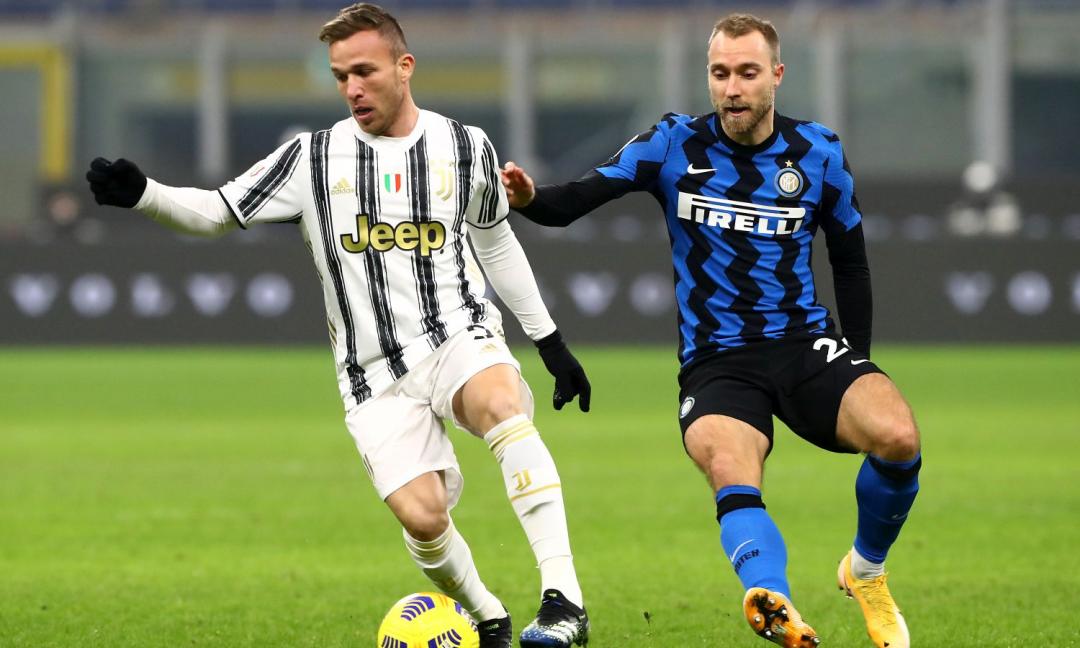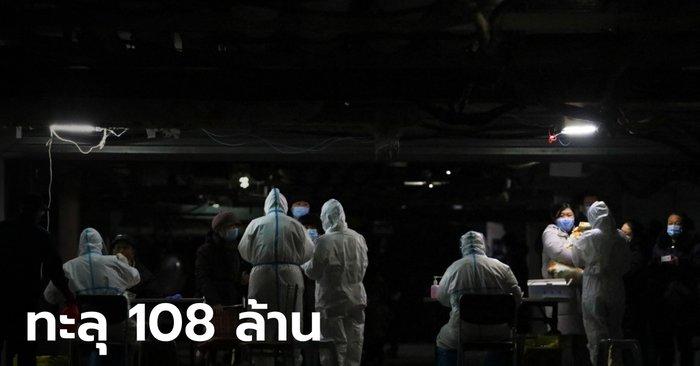Complex and delicate, the ankle joint is subjected to continuous stresses, with the risk of injury. The physiotherapist illustrates the rehabilitation process
Tibio-tarsal joint, more simply ankle. The one that marked the career of Marco van Basten, former AC Milan striker and Dutch international. The swan of Utrecht he underwent four operations, which forced him to leave football at just 28 years old. A vulnerable anatomical structure, often prone to distortion, injury with which athletes of different disciplines come to terms at least once in their career. But what are the times and path of recovery? On the topic, Active interviewed Dr. Andrea Melchionna, physiotherapist.
What happens anatomically?
“In sport, ankle sprains are very common. The most affected part is the lateral one. The traumatic mechanism is complex, consisting of the fusion of three simpler movements that occur simultaneously: plantar flexion (foot that goes towards the ground), adduction (foot that rotates towards the contralateral) and supination (sole of the foot that tends to look towards the the eyes). At the expense of the complex of the three lateral ligaments, among which the anterior peroneal-talus one stands out. In the most serious cases, bone edema or fracture are associated “.
What are the risk factors?
“Capsulo-ligamentous laxity of the ankle (ie excessive distensibility), but also overweight, muscular hypotonia of the leg due to deficiency in the peroneal muscles, proprioceptive alterations and important dysmetria, ie limbs of different length. All ‘visible’ and rare defects in professional athletes, where a subtle factor, defined pre-injury, is frequent: a postural dysfunction of which the primary cause must be sought, which makes the joint work poorly. Over time this bears less and less stress on the foot and loses its normal elasticity. In this way the correction capacity decreases, with an increased risk of sprain and serious injury ”.
–
How long does the stop period last?
“The lesion has three degrees of classification. First or mild, in which the ligament is stretched, without gross ruptures. Second or moderate, where there is partial rupture. Third or severe, with complete rupture. For the return to sporting activity, one month is usually considered for each degree of injury. If severe, with no associated bone fracture, it will take about three months. In professionals with the most critical degree – which can jeopardize even the success of conservative treatment – surgery is evaluated. The presence of bone edema, detectable through magnetic resonance imaging, can prolong the recovery up to six months “.
How long does it take to start rehabilitation?
“All procedures for the complete functional recovery of the joint must be undertaken immediately after the trauma to the ankle. It starts with the PRICE protocol: protection, rest, ice, compression and elevation above the heart. The presence of effusion will prevent the MRI from showing the true condition of the soft tissues, and it is often necessary to take an x-ray to avoid fractures. Especially in the child, where the growth plate is particularly vulnerable, because it is weaker than the surrounding ligaments, bones and periosteum ”.
What is the recovery path?
“The rehabilitation protocol applied by the physiotherapist is standard. The various phases will have as main objectives the gradual reduction of pain, inflammation, effusion. Then they include training in load management and walking with crutches, associated with the recovery of joint degrees, proprioception, balance, endurance and strength. All this through manual lymphatic drainage and recovery of the viscoelasticity of the bands. It will be necessary to dose the load carefully, especially in the first two weeks when there is the proliferation of collagen fibers, because excessive stress on the ligaments can weaken the tissues. In the beginning, cryotherapy and magnetotherapy are also useful. Exercises in proprioception, isometric, balance, endurance and strength should be performed only after complete recovery of proprioception. A structure whose neurology is not healthy is not strengthened ”.
–
What are the complications?
“There shouldn’t be, recovery is usually complete. However, it should be emphasized that damage to the ligaments is always associated with a lesion of the mechanoreceptors, those receptors responsible for perceiving mechanical stimulations. An altered proprioception derives from this, which affects postural control. All factors that increase the traumatic risk, not only to the ankle, but also on knee, hip, lumbar and cervical spine. Furthermore, the stability at rest of the joint is ensured by the muscle tone and the ligament and proprioceptive compartment. The latter communicates with the central nervous system, which manages muscle tone. Consequently, if the integrity of the proprioceptors of the ligament is not recovered, the information processed by the brain could be partial and cause incorrect muscle activation, with the risk of relapse. Sometimes a walk on an uneven ground is enough. This is why it is wrong to focus early on muscle strengthening, which is instead more useful as a stabilizer in the later stages. Even worse, anticipating the return to sporting activity, which can cause serious damage ”.
Is there any way to prevent injury?
“Through the management or resolution of the pre-injury, thanks to a constant relationship with your physiotherapist. A figure who must be able to understand the athlete – professional or amateur – in the various phases of his activity. When a high performance is required, a double daily session should also be provided “.
Follow us on our social channels!
Instagram – Facebook
–
February 13, 2021 (change February 13, 2021 | 10:22)
© REPRODUCTION RESERVED
–


